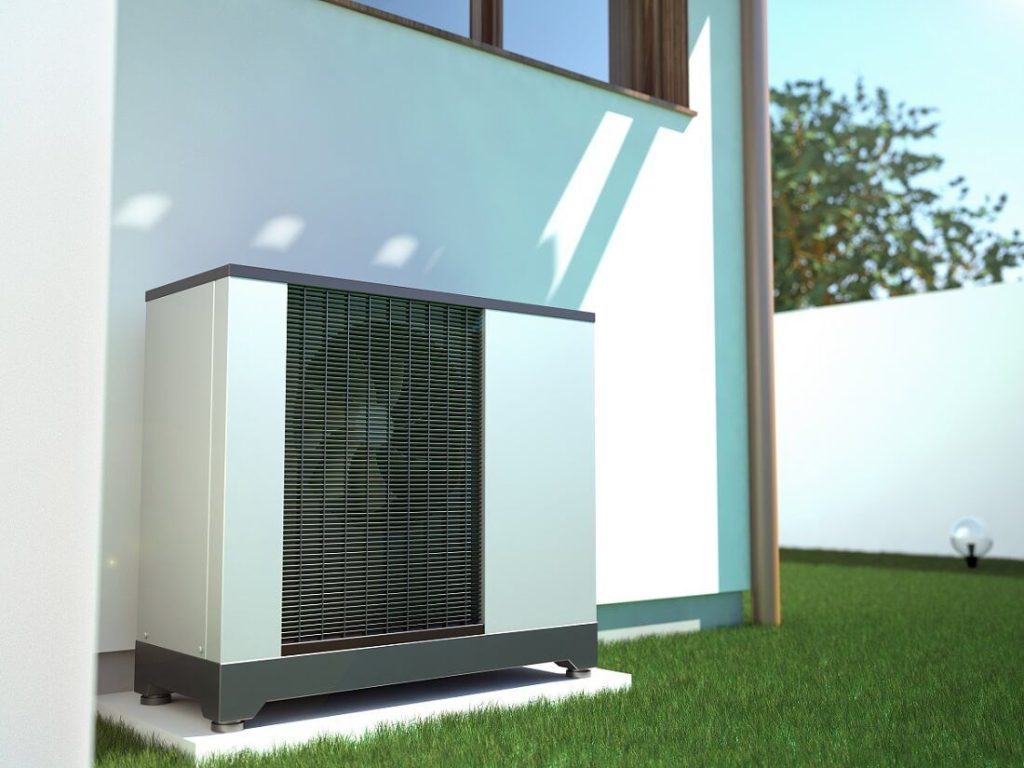How to Know What Air Conditioner I Have?

Do you know what type of air conditioner is keeping your home cool and comfortable this summer? Identifying the type of air conditioner you own is the first thing you need to know for better air conditioner maintenance. It will allow you to keep your unit running efficiently and help you avoid unnecessary repair expenses. This guide contains essential information that will help you identify the type of air conditioner you have in your home.
Types of Air Conditioners
Before we get into the specifics, it would be best to start by identifying the different types of air conditioners in the market:
1. Ducted Reverse Cycle Air Conditioners
Ducted air conditioners can cool an entire building, unlike other air conditioners. These units use ducting to cool the building. When it gets hot, the air handler blows cold air across the coils and distributes it to different rooms through the ducts. But ducted air conditioners are more expensive than other units; since you only need one system for the entire building. The pros and cons of these units include:
Benefits of Split Air Conditioners
- Cools an entire building
- Keeps indoor air clean
- Energy efficient
Disadvantages to These Units
- Insufficient duct installation lowers the unit’s efficiency
- Poor duct installation can lead to energy loss
- Require high maintenance
2. Split System Air conditioners
These units are installed inside the room but have an outdoor component next to your home. Although ductless split system air conditioning lack ducts, they have hoses running from the outdoor element to the spaces. Split systems are one of the most popular air conditioners as they are easy to install and affordable to purchase.
3. Window or Wall Air Conditioners
As the name implies, window units sit in a window or in the wall. These units are easy to install. Window ACs are also portable. While wall systems have a similar working principle to window air conditioners, they need wall modification during installation. Below are benefits and disadvantages of window and wall air conditioners:
Benefits
- These units are compact
- Low maintenance
- Cheaper than other units
- Easy installation
Cons
- Can only cool one room
- Quite noisy
- Improper installation leads to higher air conditioning costs
- Poor installation exposes the building to theft
4. Evaporative Coolers
These units are ideal for dry climates. Evaporative coolers keep a room cool by using water evaporation to remove heat from the air. Think of how cold you feel when you step out of a swimming pool on a hot day. Here are the pros and cons to evaporative coolers:
Benefits of These Coolers
- Maintain a steady flow of fresh air
- Low environmental impact
- Environmentally friendly
Cons
- Only work well in dry areas
- The pads need constant water supply to work well
- Require regular cleaning
5. Package Air Conditioning Units
Package air conditioners are installed as single units. They have a compressor on the rooftop or outside wall. The blower sits on the ceiling or an inside wall. These units use a refrigerant to circulate cool air in the room.
These units are ideal for campus dormitories, guesthouses, small offices, garage apartments, and small nursing rooms. But they are quite costly compared to other units and cool one room. They are also more noisy than other air conditioners.
